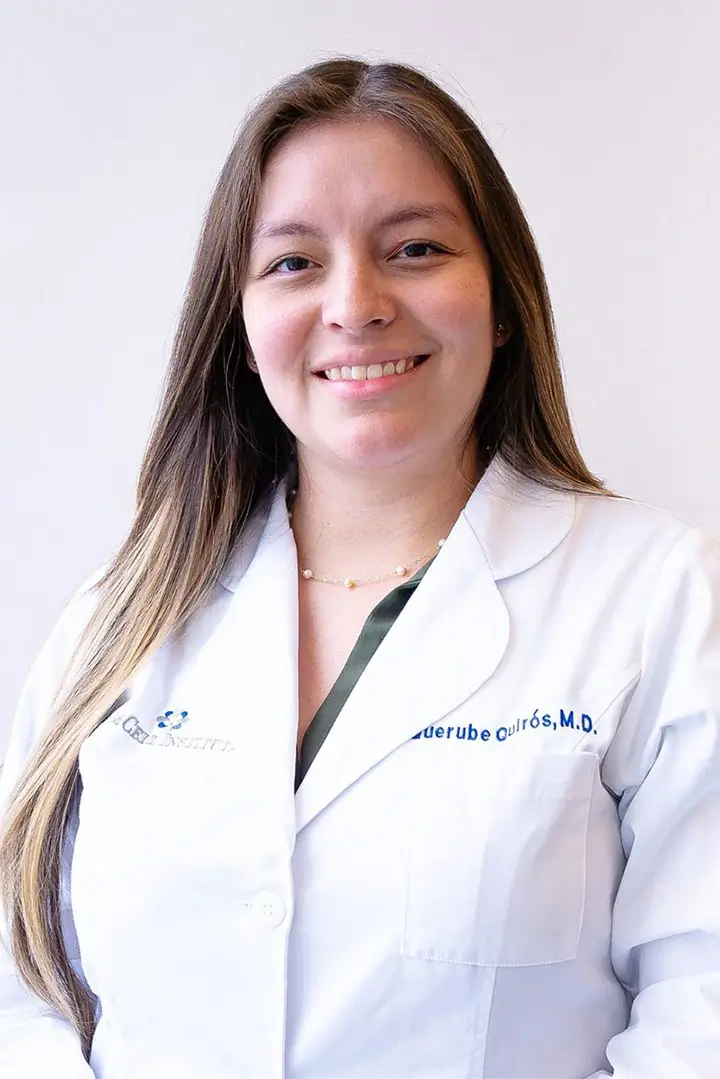Embryonic stem cells are known to carry a number of risks, not the least of which is genetic mutation which may later cause a variety of diseases in any recipient of the embryonic stem cells. Meanwhile, the human genome, which contains the total DNA content of all 46 chromosomes, reveals a wealth of genetic information. Now, researchers at UCLA are examining the specific contents of this information in order to identify certain embryonic stem cell lines that should not be developed therapeutically because of an increased genetic risk of disease.
The researchers used a high-resolution technique known as “array CGH” (comparative genomic hybridization) which allows analysis of certain genetic properties that are below the limit of detectability by standard karyotyping procedures, such as those commonly used to screen for prenatal abnormalities in amniocentesis evaluations. With a resolution that is 100 times sharper than previous techniques, array CGH can detect properties such as duplications or deletions of genes, alterations in single DNA pairs, and chromosomal translocations that are known to increase the risk of certain diseases including some types of cancer.
After examining a pair of human embryonic stem cell (hESC) lines, the UCLA researchers found genetic abnormalities in more than 7 distinct chromosomal locations. In particular, the scientists examined the “copy number variants” (CNVs), which represent differences in the numbers of specific genes, in these 2 hESC lines.
According to Dr. Michael Teitell, of the Eli and Edythe Broad Center of Regenerative Medicine and Stem Cell Research, and associate professor of pathology and laboratory medicine and a researcher at UCLA’s Jonsson Comprehensive Cancer Center, “Basically, this study shows that the genetic makeup of individual human embryonic stem cell lines is unique in the numbers of copies of certain genes that may control traits and things like disease susceptibility. So in choosing stem cell lines to use for therapeutic applications, you want to know about these differences so you don’t pick a line likely to cause problems for a patient receiving those cells. In studying embryonic stem cell lines in the future, if we find differences in regions of the genome that we know are associated with certain undesirable traits or diseases, we would choose against using such stem cells, provided safer alternative lines are available.”
Many studies throughout the world are currently underway in order to identify the specific genetic “signatures” of various diseases, which, once identified, would then be used to screen for such diseases in existing stem cell lines, before such stem cells would be developed for therapeutic purposes.
Typically, embryonic stem cells have proven to be highly problematic, with genetic mutation being one of the most common problems to plague embryonic stem cells. For this reason, embryonic stem cells have never advanced beyond the laboratory stage, unlike adult stem cells, which are characteristically free of such problems and which are already in clinical use. While the genetic screening of diseases in embryonic stem cells represents an important step in limiting the therapeutic use of such potentially dangerous stem cells, many scientists question whether or not it would be possible at all for embryonic stem cells to pass a thorough and rigorous safety evaluation.

